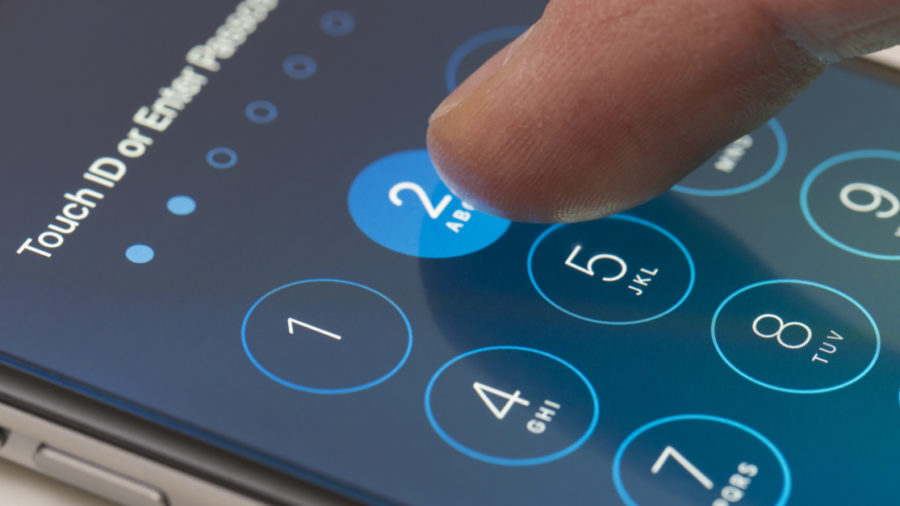Here at Creative Network Solutions, we are Preston’s leading IT support and network services experts. From secure remote access services to business VoIP, we are the team you can count on. And this is our guide to everything you should know about insider threats and cyber security.
What is an insider threat?
Insider threats can be damaging to any business large or small. These can be split into two different types of threat:
- Malicious insider threats
- Non-malicious insider threat
Malicious insider threats
A malicious insider threat is an action taken by an insider actor who is deliberately and intentionally intending to damage your company. This is usually either a former or current employee or business associate, and they often use allocated privileges to explore and leak confidential information about the organization.
Non malicious insider threats
In contrast the non-malicious insider threat is something that is carried out with no negative intentions towards the company an usually involves the employee or insider being the victim of a cyber attack or data theft, allowing a vulnerability to be exposed or unreported, or allowing unauthorised access.
How can your business stay protected from insider threats?
There are a number of ways to keep your company or business safe from insider threats. These include:
- Disabling accounts of former employees immediately– the most common type of malicious insider is an aggrieved employee or business partner, and as a result disabling all of their accounts and details immediately is a strong first line of defence.
- Using authorised and restricted access- restricting access to areas of the network to only the people who need to access these can be a very effective way of preventing non malicious insider threats. This is because vulnerabilities will still be protected and data wont be at risk.
- Staff training- making sure that all staff are fully trained and educated about cyber threats, especially phishing attacks, can help to keep your company safe overall, by preventing your team members from being the victim of a cyber attack. In addition, using policies and procedures to identity and report issues can be a good way to help manage potential criminal activity.
- Restrict data transfer- Keeping your data within your system is always the safest option. And when people begin to move sensitive data around, there is always a chance that this could end up being stored somewhere insecure, or causing a data breach. As a result, you might need to restrict your users from transferring data or files to external sources such as external email addresses, USBs, or authorized locations. This is a straight forward way to make sure that your sensitive confidential information cannot be stolen by disengaged employees or for information to be lost accidentally.
For more information or advice about your network security, systems, or cloud solutions, why not ask the experts today, here at Creative Network Solutions.

